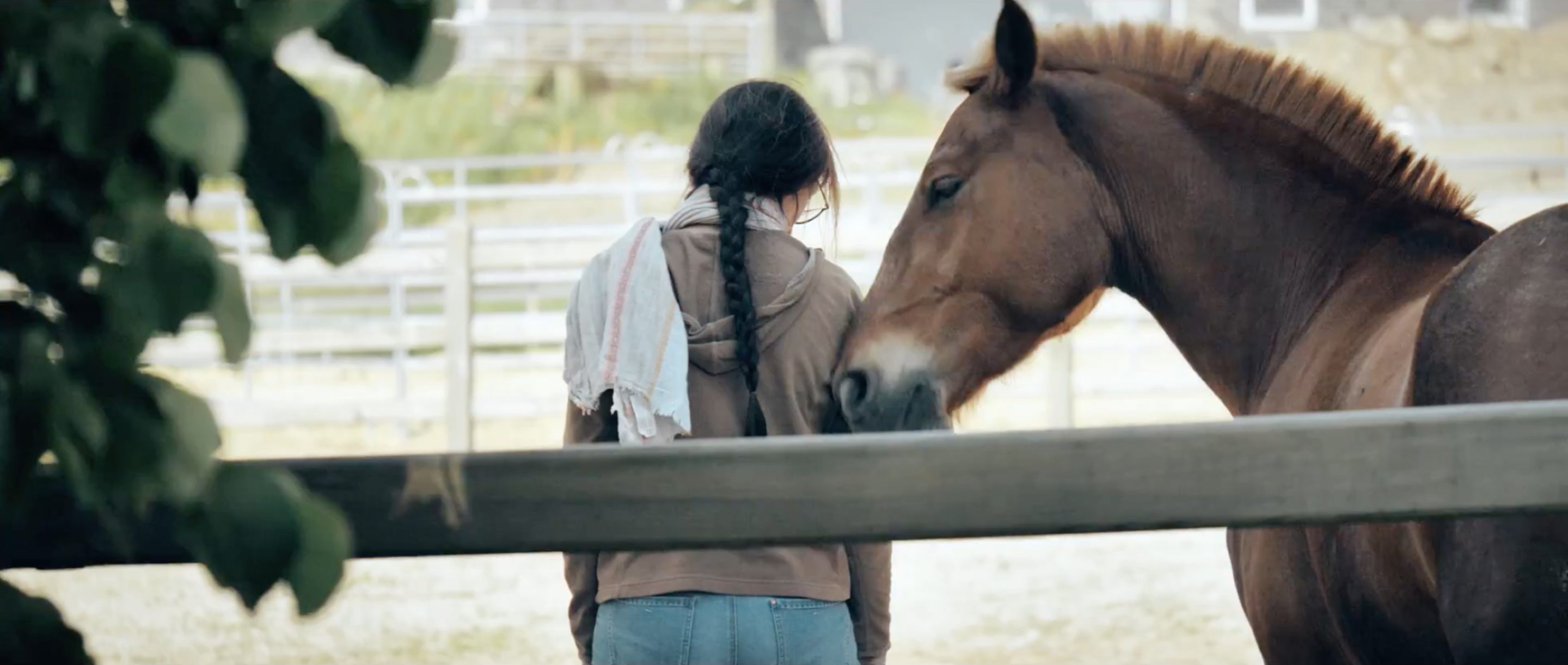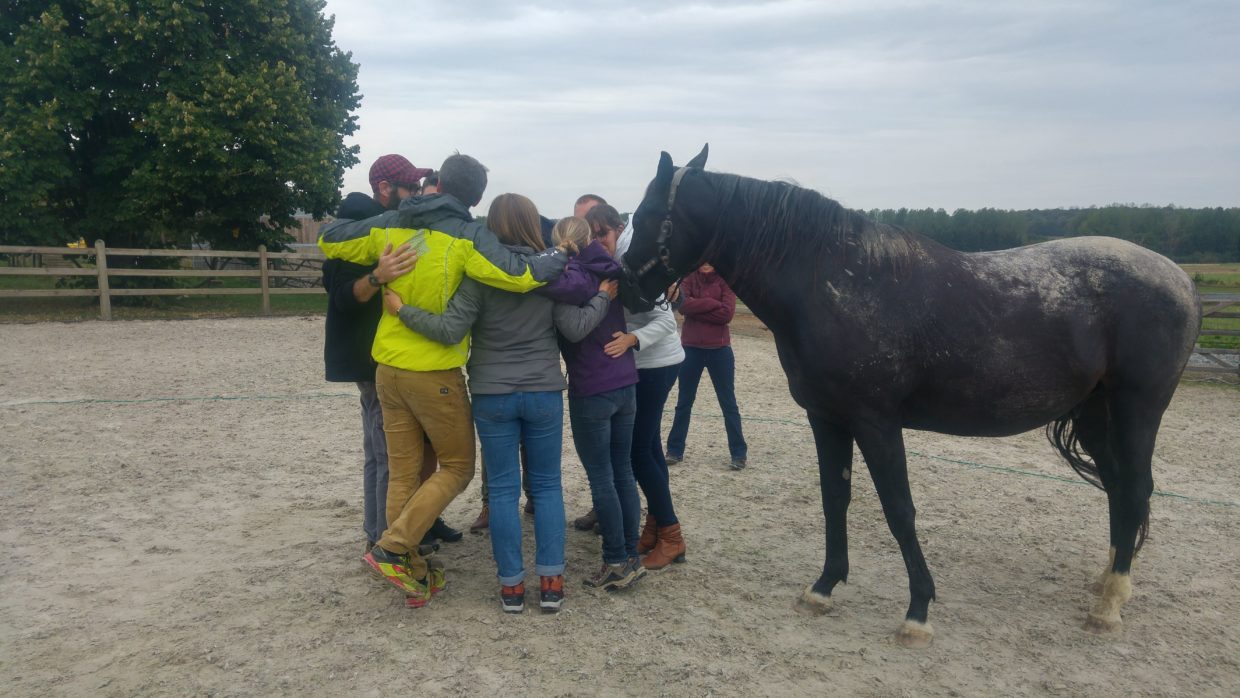Reorganisations, acquisitions, technological challenges, price inflation, economic and political changes… Constantly changing circumstances demand an organisation capable of reacting quickly to these changes. This calls for great flexibility and agility.
However, humans are creatures of habit and prefer not to change. Only 5% of your behaviour is under your conscious control and 95% occurs on autopilot. CoCoReCo works on the basis of systems-thinking and phenomenological observation.
Systemic leadership revolves around people and purpose, connection and direction. A leader provides trust and access to security on the one hand, but also the opportunity for exploration and the courage to take risks.
Before you can lead others, you must first understand yourself. By tackling your obstacles and strengths, you can enable your team and your organisation to excel. From a systems perspective, we see you, your team, your organisation and your professional network as living systems. A living system thrives when it’s in tune with and connected to the outside world.
CoCoReCo regularly uses horses, who can quickly and effectively make people aware of their subconscious.
It’s all about connection!







